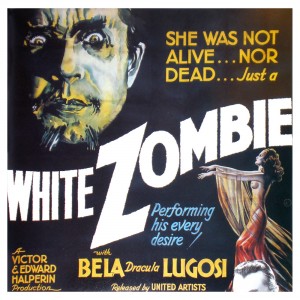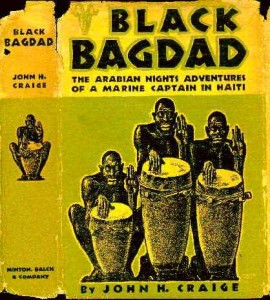In the article ‘Dead Subjectivity: “White Zombie”, Black Baghdad’, Jenifer Fay focuses on exploring the old style zombie as an allegory of history and society in a period of time, focusing particularly on “White zombie” (1932) as an example. The author proposes the symbolic meaning of the post-modern zombie in terms of cultural, economic and political context. In this article, Fay analyses the movie “White zombie” as the main study subject to make social comments. The story line, character system and even the setting are analysed carefully to illustrate how the film reflects the American society with its colonialism which rules over other regions. In addition, the author also analyses “Black Baghdad”, a book published in 1933, to suggest the two modern versions of America-Haiti relationship. The paper not only links the origin of zombies in “White zombie” to Haitian voodoo magic but also implicates Americans in a colonial economy and slave labour during their occupation of Haiti from 1915-1934. Many paragraphs of her work devote to indicate that zombie is a result of consumerism by comparing the movie to the occupation.
Throughout the paper, Fay strongly criticises the colonial policy. For example, she debates that the appearance of Americans in Haiti is just for its geographical, political and economic investment. The author makes a valid point here because the USA still applies this strategy in different forms to gain benefit from other countries; the invasion and occupation of Iraq under George W. Bush is an example of this. Her arguments are well researched and are strengthened by historical evidences and other research conducted in the same field. For instance, Haitians are mentioned as labourers that have to work under an extremely harsh condition (Fay, cited in Schmidt 1971) with an extremely low payment (Fay, cited in Dayan 1995).
Due to the consumerism, both black and white people are vulnerable to exploitation. Moreover, Fay states that the zombies in “White zombie” not only reflect the slave labours in Haiti under colonialism but also the “zombified” workforce worldwide. At this point, the author introduces another reasonable argument. Additionally, those zombies are subservient to their master. Even these days, it is not difficult to find an example of how those zombies represent the labour force, especially in factories. There are countless of people who are working mindlessly with the same process everyday just like those creatures. However, not being well structured is a limitation to the paper. Turning back and moving to different arguments is easy to make readers confused.
In general, the article offers valuable insights for further research on how zombie reflects human society no matter what era we are living in. One area for further investigation could be highlighted here is whether the link to Haitian voodoo culture is made from awareness or it is made from the western society’s fear of it, and the straining tension between the cultures during the Haitian occupation.
Reference:
Fay, J 2008, ‘Dead Subjectivity: “White Zombie”, Black Baghdad’, CR: The New Millenial Review, vol. 8, no.1, pp. 81-101.

